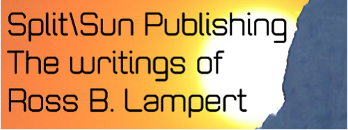Last time I wrote about authors not providing setting information at all, or not providing it soon enough. Not providing enough detail about the setting is a similar problem. Next time we’ll go to the other extreme and discuss providing too much information.

Image courtesy of Dan / FreeDigitalPhotos.net
It’s easy for an author to fall into the vagueness trap: after all, his mind’s eye sees the setting the characters are in. That knowledge becomes so ingrained that he can forget the reader isn’t right there with him: she doesn’t see what he sees, know what he knows, etc. In the end, details get left out, even when they’re new and important, and the poor reader becomes a member of the Fugawi Tribe. (See Part 18 for an explanation of who they are.)
Setting detail...
Read More



Recent Comments